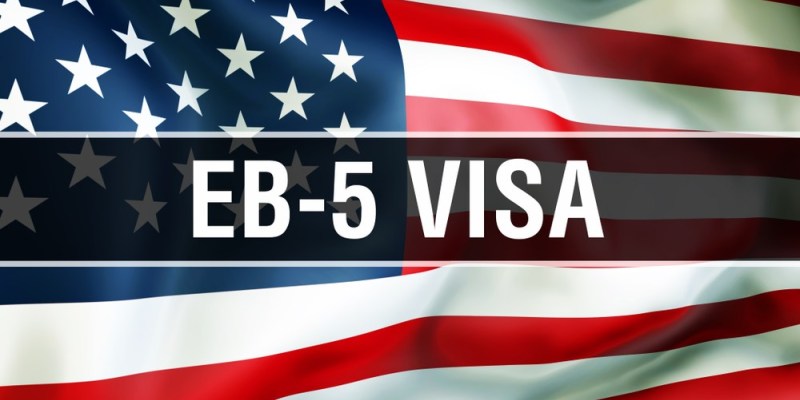The new US EB-5 visa rules have been published on Wednesday (July 24) and are going to be kicked in from November 2019, and according to that, the United States is set to increase the minimum investment an immigrant needs to make to become a permanent resident. A federal agency that looks at immigration, the US Citizenship, and Immigration Services will now decide that on which of the projects they will be investing under the EB-5 visa category, instead of states where the investment is proposed.
Under the new rules, the EB-5 Immigrant Investor Programme will be modified according to which the individuals will need to invest $900,000 from the earlier $500,000 in a Targeted Employment Area, and $1.8 million from the $1 million to invest required earlier in other parts of the country. The targeted employment areas are either rural areas or those that have high unemployment as these investments are sought to generate local jobs.
This rule is effective from November 21 and is the first significant revision the agency has made since 1993, USCIS said in a statement. The hike will have a significant impact on Indians, who are the third largest filer of EB-5 visas after China and Vietnam.
As of now, 700 visas are issued per country out of the total 10,000 such visas that are issued every year. This type of visa is increasingly becoming popular with wealthy Indians who want to move to the US. India breached the country cap in the fiscal year 2018, the first time since the visa programme was introduced in 1990.
According to Vivek Tondon, CEO, EB5 BRICS, an EB5 visa consultancy, the EB-5 has emerged as a popular option with Indians in recent years. He said, “From 2014 to 2019, the number of applications increased from 50 to 800 a year. While there may be some decline in demand, it is still an easy route to get a green card.”
Abhinav Lohia, Director, South Asia & The Middle East, CanAm Investor Services, said in a statement that, “Demand from Indians will be very high till November and go down by 10-15 percent post that.”
He added that going forward, most Indian immigrants will be slower in applying for an EB-5 visa and will also be careful with respect to their choice of regional centre and projects. But he pointed out that EB-5 will remain an option for the ultra-high net worth individuals as it will the fastest way of receiving a GC.
He further added that the rise in minimum investment, coupled with a backlog in employment-based green cards like the EB-2 and EB-3, will impact Indians living in India as well as those living in the US on H1-B visas.







